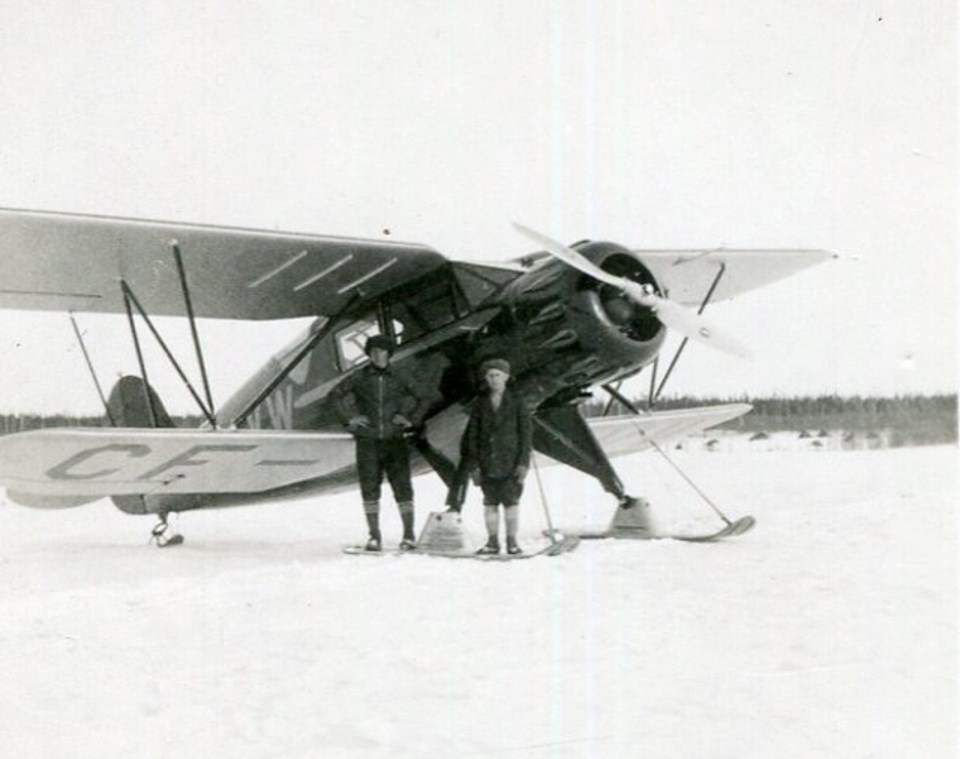Many hate the winter, many do not. As we endured many bitterly cold days this month, this week we're taking a look at fond memories and unique things about winters in the Porcupine.
Before colonization, the winter was spent hunting and trapping. As the fur trade developed, trappers relied on flour and lard that they would get from the trading post during the harshest winter months (January and February).
At the turn of the 20th century, residents of the new towns would purchase water for five cents a pail, but in the winter you would only get half of a pail because the water would freeze. To do laundry, you would buy a barrel for about 25 cents.
Dog sled racing was a beloved winter pastime. They usually raced using four dogs per team on a 14-mile track beginning from Pine Street in Timmins to Moneta, then through the Dome property, South Porcupine and Schumacher, ending at the Goldfield's Hotel. The rules were very clear about animal cruelty.
The annual winter carnival had hockey and broomball competitions, snowshoe races, a kettle-boiling competition, with $1,500 in prize money up for grabs, which was collected by local business owners.
During the winter the planes would install skis on the landing gear so they could easily land on the frozen lake. It was only during the early spring when the ice was still breaking up and melting that the planes could not land in the Porcupine.
Each week, the Timmins Museum: National Exhibition Centre provides TimminsToday readers with a glimpse of the city’s past.
Find out more of what the Timmins museum has to offer here and read more Remember This columns here.



